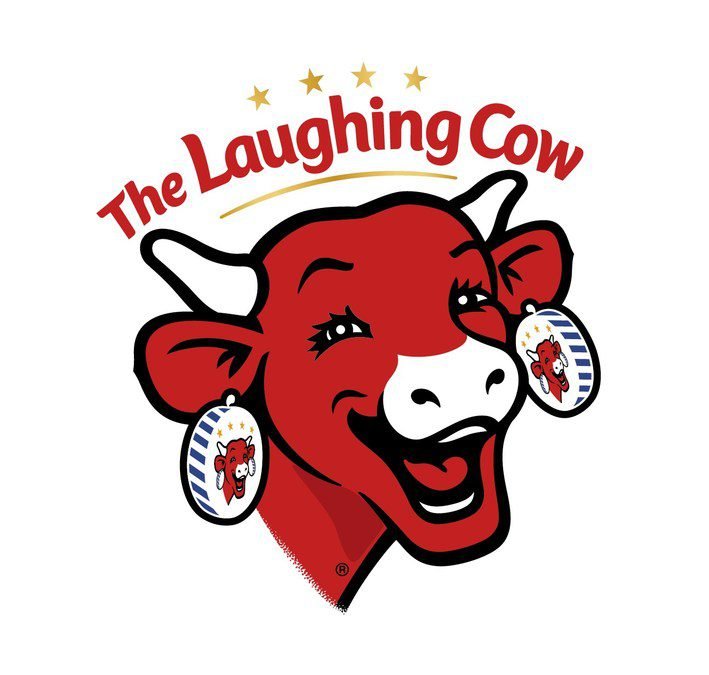Animals have an innate ability to capture our imagination and evoke a sense of wonder. Whether it’s the mischievous antics of a talking cat or the noble courage of a wise old owl, these characters tap into our fascination with the animal kingdom.
Their presence in storytelling resonates with us on a primal level, reminding us of our connection to the natural world and igniting a sense of empathy within us. This emotional connection makes animal characters compelling and enduring in the realm of storytelling.
Using animated animal characters in branding strategies has proven to be highly effective in capturing consumer attention and building brand recognition. Animals in 2D explainer videos and animations cut through cultural barriers through non-verbal communication, appealing to universal sentiments, tapping into shared experiences and evoking emotions. By embracing these elements, animal characters can connect with audiences regardless of their cultural background and create a meaningful and engaging experience.
In the realm of advertising, explainer 2D animation videos featuring animal characters have become a powerful tool for delivering complex messages in a simple and engaging manner. These videos leverage the likability and relatability of animals to break down intricate concepts and showcase product benefits visually and compellingly. By combining captivating storytelling, vibrant visuals, and memorable animal characters, brands can effectively communicate their value propositions and leave a lasting impact on their target audience.
Anthropomorphism
Anthropomorphism, attributing human characteristics to non-human entities, plays a significant role in the appeal of animal characters used in 2D explainer videos and animations. Infusing animals with human-like qualities makes these characters relatable and captivating to viewers. This concept taps into our natural tendency to connect with familiar human traits, creating a bridge between the animal characters and the audience.
In 2D explainer videos, animal characters are often anthropomorphised to simplify complex concepts and make them more accessible. Viewers can easily identify and engage with the content by giving animals human-like behaviours, emotions, and expressions. For example, a video explaining financial management may feature an animated pig wearing glasses, conveying intelligence and wisdom. This anthropomorphic representation adds an element of entertainment and helps viewers connect with and understand the presented information.
Animation, as a visual storytelling medium, takes anthropomorphism to new heights. By imbuing animal characters with human attributes, animations can evoke empathy, humour, and a range of emotions. These characters become vessels for expressing human experiences, allowing viewers to project their own thoughts, feelings, and experiences onto the animal characters. This enhances audience engagement and fosters a deeper emotional connection with the story being told. The Laughing Cow Cheese is a prime example of anthropomorphism in branding. The brand portrays a cow character that wears the triangle cheese products as earrings and possesses a burst of contagious laughter. To commemorate its remarkable 100th anniversary, the brand released limited edition packaging that prominently featured the iconic laughing cow visuals, further emphasising the enduring appeal and recognition of this beloved character.




In summary, anthropomorphism is powerful in 2D explainer videos and animations. By attributing human characteristics to animal characters, these videos and animations create relatability, accessibility, and emotional resonance. Through anthropomorphism, viewers can connect with the animal characters on a human level, enhancing comprehension, engagement, and the overall effectiveness of the message being conveyed.
Brands Harnessing the Power of Animal Characters for Storytelling
Numerous brands have successfully utilised animal characters to convey universal themes and emotions, resonating with audiences worldwide. Here are a few notable examples:


- Coca-Cola: The Coca-Cola polar bears have become iconic symbols of joy and togetherness. These animated polar bears embody the universal themes of friendship, love, and celebration through their heartwarming commercials, reminding viewers of the joyous moments shared with loved ones. The 1922 Coca-Cola advertisement introduced a unique example of anthropomorphism by featuring a bear and even anthropomorphising the sun.
- John Lewis: The British retailer John Lewis is known for its emotionally captivating Christmas advertisements. In their 2013 commercial titled “The Bear and the Hare”, a beautifully animated hare and bear form an unlikely friendship. The story revolves around the universal themes of love, selflessness, and the joy of giving, leaving a lasting emotional impact on viewers.
- WWF (World Wildlife Fund): As a conservation organisation, WWF uses animal characters to raise awareness about environmental issues and inspire action. Their iconic panda logo, which symbolises the importance of protecting endangered species, conveys themes of conservation, empathy, and the preservation of nature.
These brands understand the power of using animal characters to connect with their audience on an emotional level. By tapping into universal themes and emotions through animal storytelling, they create memorable and impactful campaigns that leave a lasting impression and foster a sense of connection and affinity with their brands.
Connecting with audiences from different cultures
Animal characters in 2D explainer videos and animations have a unique ability to cut through cultural barriers and connect with audiences on a universal level. Here’s how they achieve this:
- Non-Verbal Communication: Animals communicate through non-verbal cues such as body language, facial expressions, and gestures. This form of communication transcends language barriers, allowing animal characters to convey emotions and messages without relying on specific words or cultural references. As a result, audiences from different cultures can understand and interpret the emotions and intentions of animal characters, fostering a sense of connection and relatability.
- Universal Appeal: Animals have a universal appeal that transcends cultural boundaries. They evoke curiosity, wonder, and a sense of familiarity across different cultures and regions. The love and fascination for animals are deeply ingrained in human nature, making animal characters in advertisements and animation relatable and captivating for audiences worldwide.
- Emotional Resonance: Animals can evoke strong emotions and create emotional connections. The emotions they portray, such as joy, love, fear, or sadness, are universal and can be understood by people from different cultural backgrounds. By leveraging these universal emotions, animal characters in advertisements and animation evoke empathy and create a bond with the audience, transcending cultural barriers.
How to leverage animal characters in your brand
Incorporating animal characters into your brand can be a powerful way to connect with your audience and bring your brand to life. By utilising 2D animations, you can create engaging and memorable experiences that capture the essence of your brand’s personality. The following will provide you with a concise five-step process to effectively leverage animal characters in your brand, including creating captivating 2D animations. Let’s dive in!
Step 1: Define Your Brand’s Personality and Values
– Identify the core personality traits and values of your brand. Determine how you want your brand to be perceived by your target audience.
Step 2: Research and Select Animal Characters
– Research different animal characters and their symbolism. Choose animal characters that align with your brand’s personality and values. Consider their visual appeal and potential for storytelling.
Step 3: Design and Develop Your Animal Characters
– Work with a graphic designer or animator to create visually appealing 2D designs for your animal characters. Consider their appearance, colours, and any unique features that reflect your brand’s identity.
Step 4: Create Engaging 2D Animations
– Collaborate with an animator or animation studio to bring your animal characters to life through 2D animations. Develop short and engaging animated stories or scenarios that align with your brand message and resonate with your audience.
Step 5: Integrate Animations into Your Branding Efforts
– Incorporate your 2D animations featuring animal characters into various brand touchpoints. Use them on your website, social media platforms, marketing materials, and advertisements. Ensure consistency in style and messaging across all platforms.
Remember to monitor the impact of your animal characters and animations on your brand’s performance. Measure engagement, brand awareness, and customer sentiment to assess their effectiveness. Make adjustments and improvements based on the data to refine your branding strategy continually.
Conclusion
The enduring appeal of animal characters in storytelling and their usage in branding, advertising, and 2D explainer videos can be attributed to their innate ability to capture our imagination and evoke a sense of wonder. Notable brands have recognised the power of animal characters in conveying universal themes and emotions. Brands like Coca-Cola have successfully connected with audiences worldwide through captivating storytelling. The Coca-Cola polar bears symbolise joy and togetherness, demonstrating how the anthropomorphism of animal characters can evoke emotions, create lasting impressions, and foster a sense of connection and affinity with brands.
Using animal characters in branding, advertising, and 2D explainer videos transcends cultural barriers. Animals communicate through non-verbal cues, possess a universal appeal, and evoke emotions that people from different cultural backgrounds can understand. By leveraging these elements, animal characters can cut through cultural barriers and connect with diverse audiences on a fundamental and emotional level.
In conclusion, the enduring appeal of animal characters in storytelling lies in their ability to capture our imagination, evoke emotions, and create a sense of wonder. Their usage in branding, advertising, and 2D explainer videos harnesses the power of anthropomorphism, universal themes, and emotional resonance to connect with audiences worldwide. Whether it’s a heartwarming Christmas commercial or an engaging explainer video, animal characters have proven to be a powerful tool in capturing attention, conveying messages, and fostering meaningful connections with viewers.

